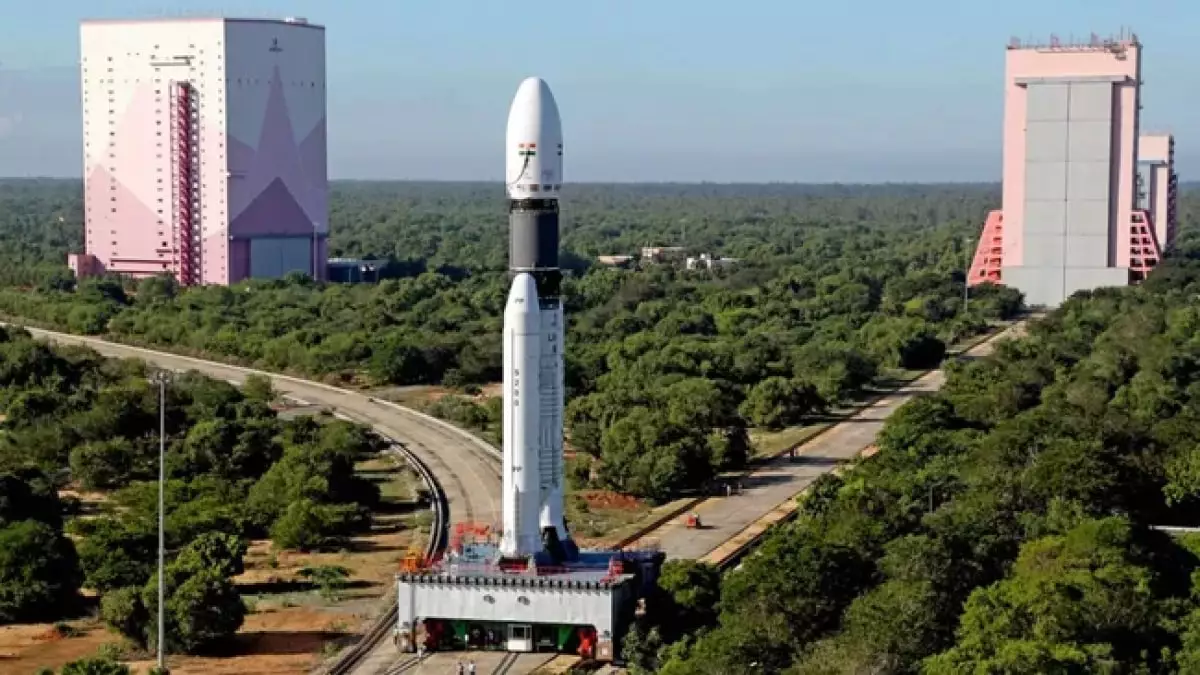India’s much-anticipated Gaganyaan program, which represents the country’s first foray into human spaceflight, has encountered a significant delay, with its inaugural mission now set for 2026, a full year later than initially planned. This postponement, as articulated by S. Somanath, the Chairman of the Indian Space Research Organisation (ISRO), underscores a significant shift in focus towards caution and safety, particularly in light of recent challenges faced by the global aerospace community. This decision signals a conscientious commitment to executing a mission that not only aspires to join the elite ranks of the United States, Russia, and China in sending astronauts into space but does so with rigorous safety protocols firmly in place.
Preparation through Uncrewed Test Missions
To ensure that the first crewed mission is as safe and successful as possible, ISRO has organized a series of uncrewed test flights to evaluate essential systems. The first of these trials is scheduled for December 2023. The scope of the Gaganyaan initiative, also referred to as H1, seeks to transport one or two astronauts to low Earth orbit, approximately 400 kilometers above the Earth. The extensive preparatory measures being undertaken by ISRO include thorough checks of emergency escape mechanisms and recovery systems, crucial to safeguarding the crew’s well-being during the mission.
In a move to further mitigate risks, the mission will be preceded by a total of four uncrewed flights, which would serve as tests to validate complex technologies developed in-house by ISRO. This approach aligns with the organization’s strategy of prioritizing safety by addressing potential flaws before they could affect astronaut safety. Notably, Somanath pointed to the recent technical difficulties experienced by Boeing with its Starliner spacecraft as a glaring reminder of the potential impact lapses in rigorous testing can have on manned spaceflight.
The mission’s preparations also include the use of advanced technology, with an anthropomorphic humanoid robot named Vyomitra slated to accompany the G1 flight for tests simulating key operational scenarios like re-entry and parachute deployment, eventually culminating in a controlled splashdown in the Bay of Bengal. This innovative use of robotics demonstrates ISRO’s intention to push the boundaries of knowledge and technology while also maintaining an unwavering focus on astronaut safety.
Training is equally critical, and the selected astronauts have undergone diligent training not only in India but also abroad, preparing for real-world scenarios. Among them is Shubhanshu Shukla, an Indian Air Force test pilot who will participate in a mission to the International Space Station in a collaborative effort with Axiom Space, providing him invaluable experience in navigation and docking, skills that are paramount for the upcoming Gaganyaan mission.
In a further demonstration of commitment, the Indian government has augmented the Gaganyaan budget by an additional 111 billion rupees to bolster the final testing phases and astronaut training. As all modules are now converging at ISRO’s Sriharikota spaceport, excitement builds around the possibility of India’s first crewed flight. Such investments not only highlight the government’s intent to enhance India’s standing in the global space arena but also assure the nation that this endeavor will be conducted with utmost diligence and care. The Gaganyaan mission therefore stands not just as a pivotal point for India’s capabilities in space exploration, but as a beacon of cautious ambition in the face of technological challenges.


Leave a Reply